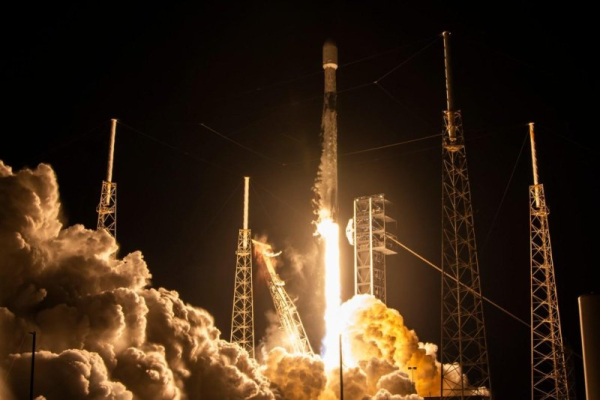
(Image credit: Marin Thomas via Getty Images)
A new type of solar paint could increase the range of electric vehicles (EVs) by thousands of miles.
In an unveiling of the technology on November 24, Mercedes-Benz officials announced that their latest photovoltaic paint can power an electric vehicle for up to 7,456 miles (12,000 kilometers) per year under optimal lighting conditions.
The “nanoparticle” paint can be applied directly to the body of an electric vehicle, reducing reliance on external charging. It is also made from non-toxic and readily available raw materials, making it an environmentally friendly and cost-effective option, Mercedes-Benz said.
The technology could be revolutionary for electric vehicles, especially in regions with high levels of sunlight. It would also solve a major problem facing current electric vehicles: their relatively limited range and dependence on charging infrastructure, which varies across the world.
Most modern electric vehicles use high-performance lithium-ion batteries, which, despite constant improvements, still suffer from long charging times and limited energy density.
Photovoltaic paint converts light energy into electrical charge through a process known as the photovoltaic effect.
When photons (particles of light) hit the paint, semiconductor nanoparticles called quantum dots absorb the light energy and transfer it to electrons within the material. The movement of electrons creates an electrical current that is collected through small conductive layers embedded in the paint. This current can then be used in the electric vehicle’s electrical system to either directly power its components or charge the battery for later use.
Los Angeles Drivers May Never Have to Charge Their Electric Cars Again: Mercedes-Benz Unveils Innovative Solar-Charging Paint – YouTube
See more
Mercedes-Benz Solar Paint contains a nanoparticle-based layer under the car's top layer, which allows 94% of the sun's energy to reach the photovoltaic coating. The solar coating is located between the body and the visible paint layer, which does not affect the car's appearance.
Mercedes-Benz says the paint is only 5 microns (0.0005 centimeters) thick per coat and weighs just 1.8 ounces (50 grams) per 10.8 square feet (1 square meter), allowing it to be applied to virtually any part of a car's surface like “a very thin layer of paste.”
Despite its exceptional lightness, the paint has a conversion efficiency of 20%, meaning that one-fifth of the solar energy that hits its surface is converted into useful power. This is comparable to the efficiency of traditional solar panels.
The automaker noted that covering an area of 118 square feet (11 square meters) — comparable to a midsize SUV — generates enough electricity to meet most daily driving needs. For example, drivers in Stuttgart can cover 62 percent of their daily commute using only solar power, while drivers in sunny Los Angeles can generate enough energy to cover 100 percent of their driving needs, officials said.
The photovoltaic system produces energy even when the car is switched off, provided there is sunlight. The automaker suggests that excess energy could be returned to drivers' homes via bidirectional charging.
Unfortunately, Mercedes-Benz did not specify when (or if) their paint technology would hit the market. Instead, they said their current goal is to make it possible to use it “on all exterior surfaces of the vehicle – regardless of shape or angle.”
TOPICS solar energy
Sourse: www.livescience.com





